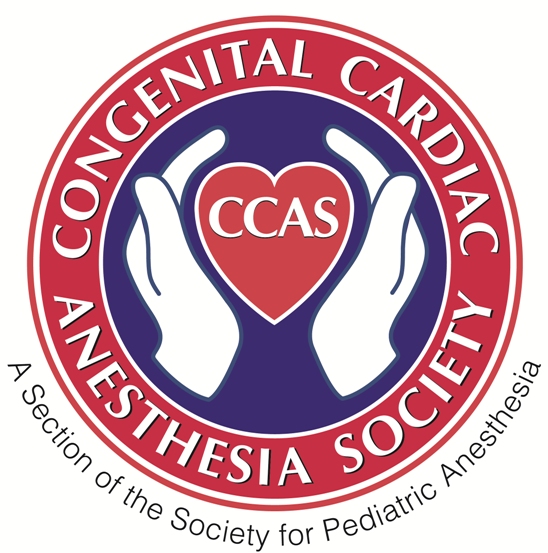Question of the Week 362
{“questions”:{“4pkhc”:{“id”:”4pkhc”,”mediaType”:”image”,”answerType”:”text”,”imageCredit”:””,”image”:””,”imageId”:””,”video”:””,”imagePlaceholder”:””,”imagePlaceholderId”:””,”title”:”Author: Anna Hartzog, MD and Chinwe Unegbu, MD \u2013 Children\u2019s National Hospital \r\n\r\nA 3-month-old infant presents with tachypnea, poor weight gain, and diaphoresis with feeds. Parents deny any recent febrile illness. Chest radiograph demonstrates cardiomegaly and the electrocardiogram is notable for a QR pattern, ST segment depression, and T-wave inversion in leads I, II, and […]
Question of the Week 361
{“questions”:{“hewmh”:{“id”:”hewmh”,”mediaType”:”image”,”answerType”:”text”,”imageCredit”:””,”image”:””,”imageId”:””,”video”:””,”imagePlaceholder”:””,”imagePlaceholderId”:””,”title”:”Author: Anna Hartzog MD and Chinwe Unegbu MD \u2013 Children\u2019s National Hospital \r\n\r\nAn 8-month-old male with Tetralogy of Fallot (TOF) with hypercyanotic spells presents for complete surgical repair. Preoperatively, the patient has a baseline heart rate of 160-170. Induction of anesthesia is uneventful, and the patient is initiated on a dexmedetomidine infusion following intubation. After […]
Question of the Week 360
{“questions”:{“q7yf7”:{“id”:”q7yf7″,”mediaType”:”image”,”answerType”:”text”,”imageCredit”:””,”image”:””,”imageId”:””,”video”:””,”imagePlaceholder”:””,”imagePlaceholderId”:””,”title”:”Author: Anna Hartzog MD\u2013 Children\u2019s National Hospital, Chinwe Unegbu MD \u2013 Children\u2019s National Hospital \r\nAn 8-day-old, full term neonate with dextro-Transposition of the Great Arteries (d-TGA), aortic coarctation, ventricular septal defect (VSD), and a left circumflex coronary artery arising from a right coronary artery with an intramural course is now status post arterial switch operation, […]
Question of the Week 359
{“questions”:{“gcnc8”:{“id”:”gcnc8″,”mediaType”:”image”,”answerType”:”text”,”imageCredit”:””,”image”:””,”imageId”:””,”video”:””,”imagePlaceholder”:””,”imagePlaceholderId”:””,”title”:”Author: Sana Ullah, MB ChB, FRCA \u2013 Children\u2019s Medical Center, Dallas \r\n\r\nHypoplastic left heart syndrome (HLHS) consists of several different anatomical variants. Which of the following subtypes of HLHS is MOST LIKELY to be associated with the worst clinical outcome?”,”desc”:””,”hint”:””,”answers”:{“xgj2h”:{“id”:”xgj2h”,”image”:””,”imageId”:””,”title”:”A.\tMitral atresia\/Aortic atresia (MA\/AA)”},”fis34″:{“id”:”fis34″,”image”:””,”imageId”:””,”title”:”B.\tMitral atresia\/Aortic stenosis (MA\/AS)”},”s116x”:{“id”:”s116x”,”image”:””,”imageId”:””,”title”:”C.\tMitral stenosis\/Aortic atresia (MS\/AA)”,”isCorrect”:”1″},”vgfw0″:{“id”:”vgfw0″,”image”:””,”imageId”:””,”title”:”D.\tMitral stenosis\/Aortic stenosis (MS\/AS)”}}}},”results”:{“fzwye”:{“id”:”fzwye”,”title”:””,”image”:””,”imageId”:””,”min”:”0″,”max”:”1″,”desc”:””,”redirect_url”:”https:\/\/ccasociety.org\/wp-content\/uploads\/2022\/03\/Question-of-the-Week-Posted-3-3-22.pdf”}}}
Question of the Week 358
{“questions”:{“3alul”:{“id”:”3alul”,”mediaType”:”image”,”answerType”:”text”,”imageCredit”:””,”image”:””,”imageId”:””,”video”:””,”imagePlaceholder”:””,”imagePlaceholderId”:””,”title”:”Author: Sana Ullah, MB ChB, FRCA \u2013 Children\u2019s Medical Center, Dallas \r\n\r\nA 25-year-old woman with phenylketonuria has been poorly compliant with dietary advice during her pregnancy. Which of the following congenital heart defects is MOST likely to occur in her newborn?\r\n”,”desc”:””,”hint”:””,”answers”:{“blo3y”:{“id”:”blo3y”,”image”:””,”imageId”:””,”title”:”A.\tTricuspid atresia”},”7o7di”:{“id”:”7o7di”,”image”:””,”imageId”:””,”title”:”B.\tHypoplastic left heart syndrome”,”isCorrect”:”1″},”ehj40″:{“id”:”ehj40″,”image”:””,”imageId”:””,”title”:”C.\tEbstein\u2019s anomaly”},”drqla”:{“id”:”drqla”,”image”:””,”imageId”:””,”title”:”D.\tTransposition of the Great Vessels”}}}},”results”:{“r5kct”:{“id”:”r5kct”,”title”:””,”image”:””,”imageId”:””,”min”:”0″,”max”:”1″,”desc”:””,”redirect_url”:”https:\/\/ccasociety.org\/wp-content\/uploads\/2022\/02\/Final-AC-and-SG-edits-QOW-21-Feb-2022.pdf”}}}
